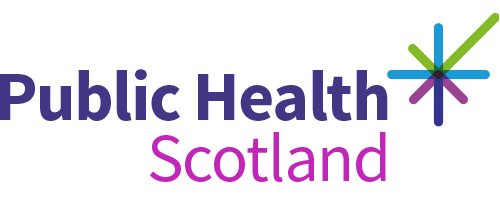Epidemiology of SARS-CoV-2 whole genome sequencing in Scotland
May 2024 to May 2025
An Official Statistics publication for Scotland
- Published
- 04 November 2025 (Latest release)
- Type
- Statistical report
- Author
- Public Health Scotland
About this release
Surveillance of infectious respiratory diseases such as COVID-19 is essential to health protection, a key component of which involves tracking viral variants. This allows PHS to perform risk evaluations during periods of increasing COVID-19 activity, particularly as this can be associated with emergence of a novel variant. Uploading sequences to global repositories helps to inform recommended vaccine compositions which are reviewed bi-annually. Variant monitoring also enables PHS to respond to media enquiries, as novel variants often garner public interest, and contributes to overall COVID-19 surveillance activities.
This report builds on weekly sequencing data published in the Viral respiratory diseases in Scotland surveillance report and provides contextual information on current testing practices, details SARS-CoV-2 variants detected through clinical data in Scotland between May 2024 and May 2025, and provides a comparison to global data.
Main points
In Scotland from May 2024 to May 2025:
- Over 90% of SARS-CoV-2 Whole Genome Sequence (WGS) results were from healthcare settings. Of these, most were hospital samples, reflecting where most testing for COVID-19 is done.
- The age, sex, and deprivation (SIMD) distribution of sequenced samples was largely reflective of the population tested, though with a slightly lower representation of sequences from the most deprived group.
- Despite small differences in classifications, overall trends observed in clinical data were comparable to global trends:
- KP.3 lineages were most abundant during summer 2024, when a wave of SARS-CoV-2 infections occurred.
- XEC was the most detected variant during winter months, when COVID-19 levels remained low.
- LP.8.1 lineages began to increase as a proportion of detected sequences through spring, with an increase in COVID-19 activity (test positivity 1.6% in the first week of February to 3.7% in the first week of May).
- Detections of NB.1.8.1 began to increase in May 2025, while test positivity also continued to increase to 5.7%.
- Generally, variant detections were proportionate across age groups.
- WGS results submitted to GISAID contribute to the global evidence base which is used to risk assess novel variants and to recommend bi-annual vaccine compositions. All variants detected in Scotland with a prevalence of 2% or more were protected against with vaccines delivered during the 2024 winter and 2025 spring season.
Further information
Weekly data published in the Viral respiratory diseases in Scotland surveillance report, next due to be published 6 November 2025. This is a standalone iteration of an additional detailed report on SARS-CoV-2 WGS results.
General enquiries
If you have an enquiry relating to this publication, please contact Kirstin Leslie at phs.respiratory@phs.scot.
Media enquiries
If you have a media enquiry relating to this publication, please contact the Communications and Engagement team.
Requesting other formats and reporting issues
If you require publications or documents in other formats, please email phs.otherformats@phs.scot.
To report any issues with a publication, please email phs.generalpublications@phs.scot.
